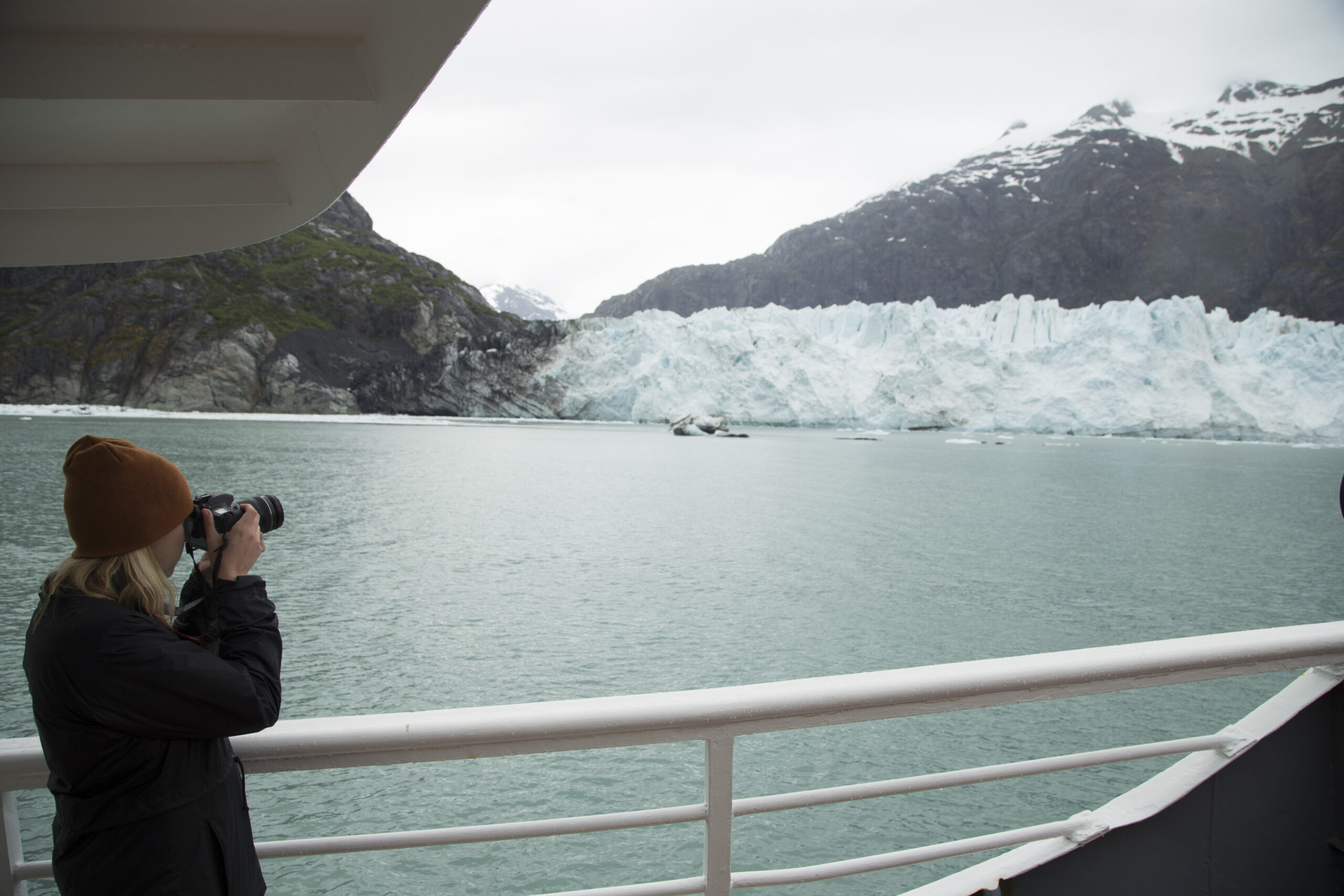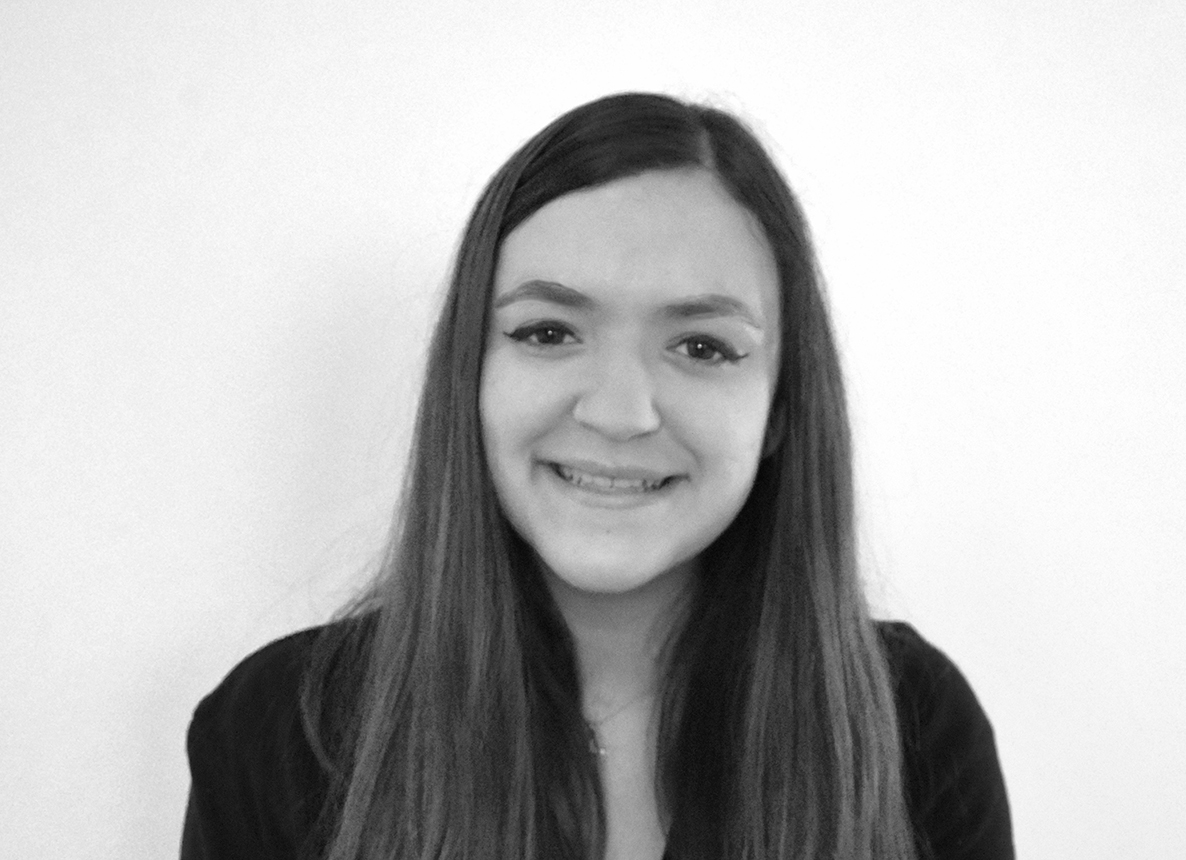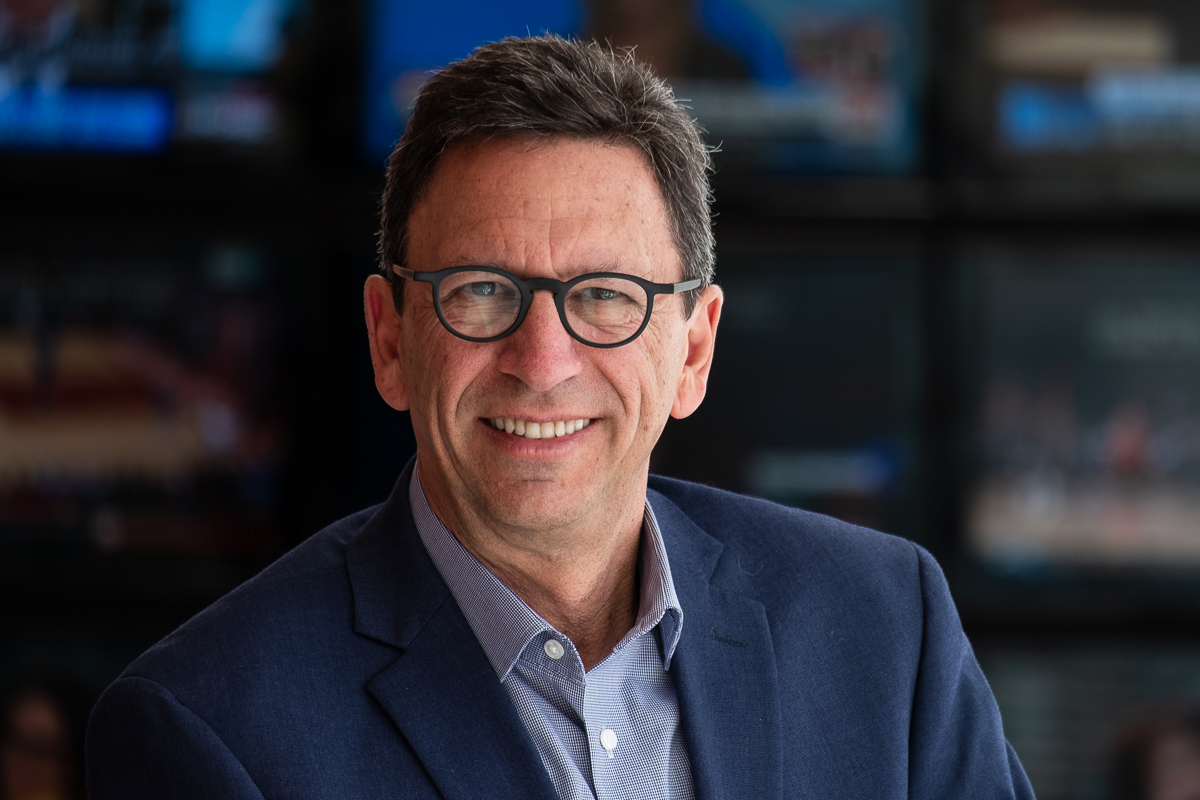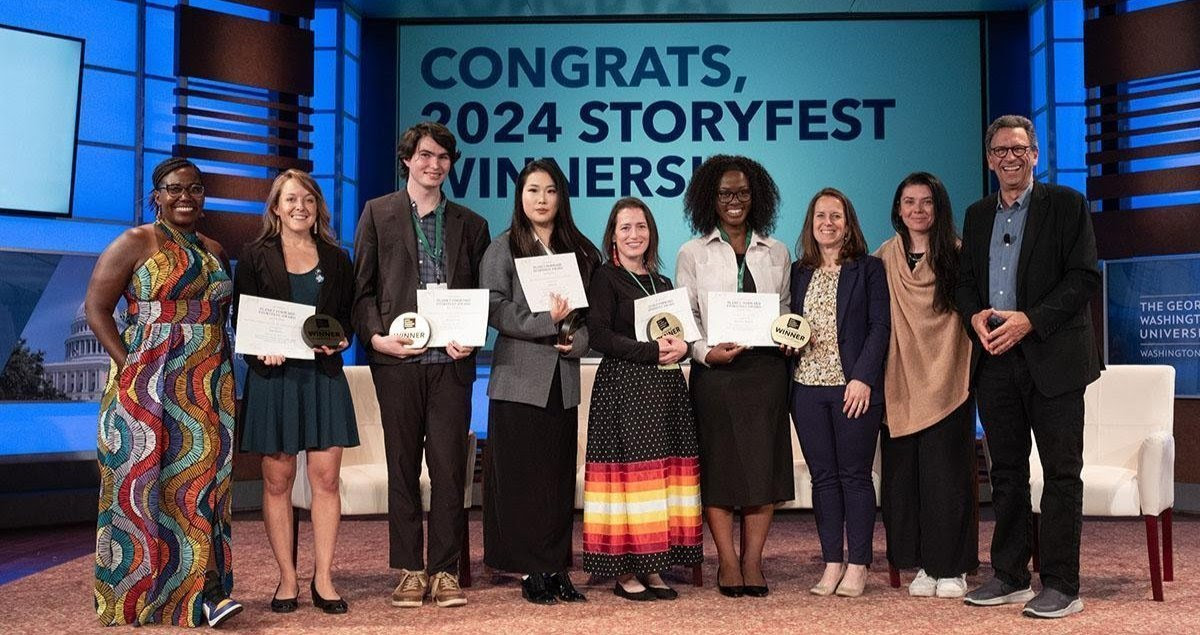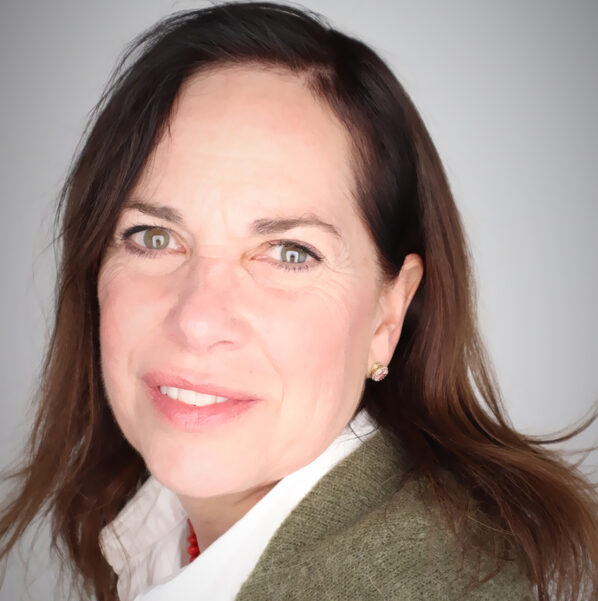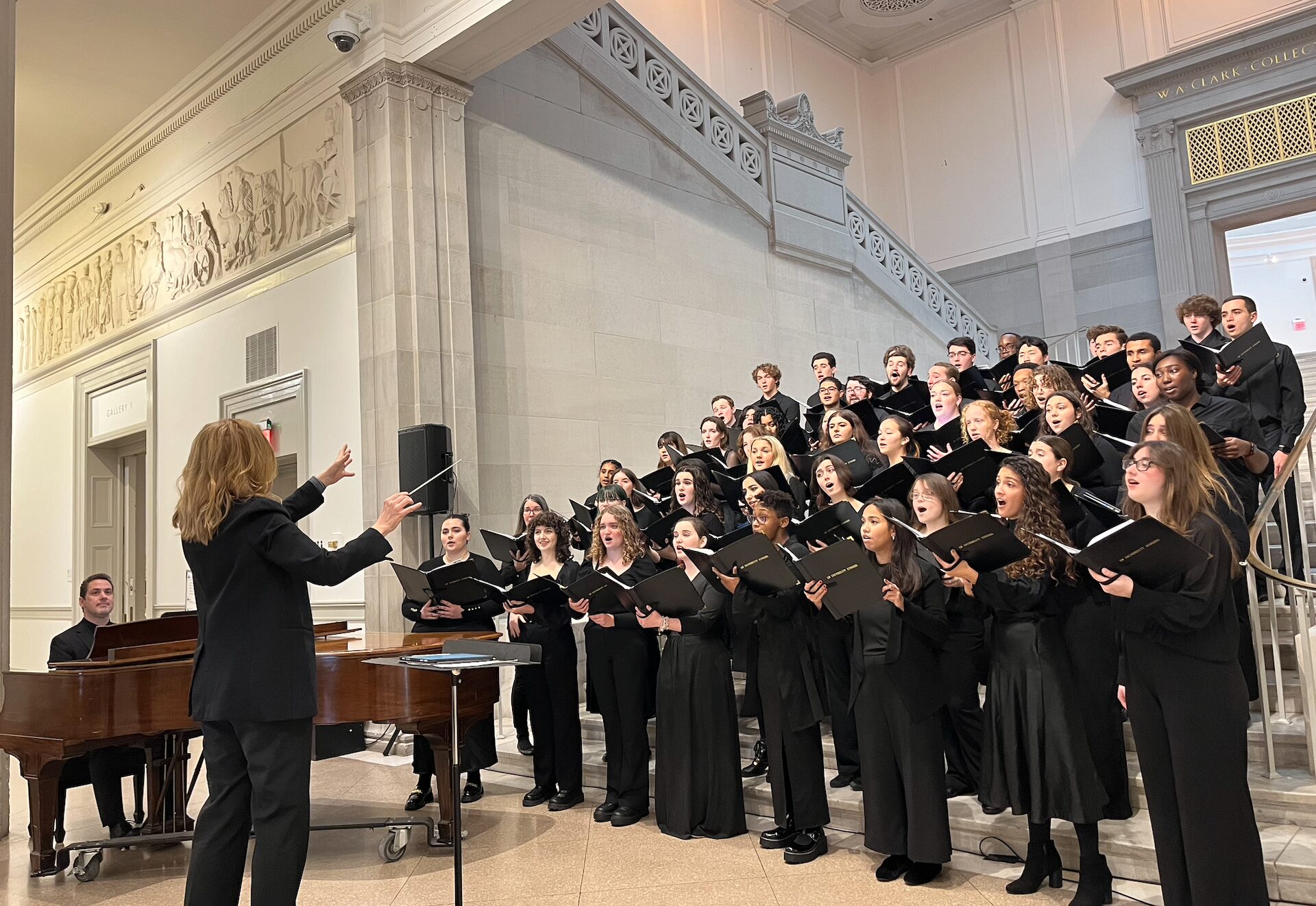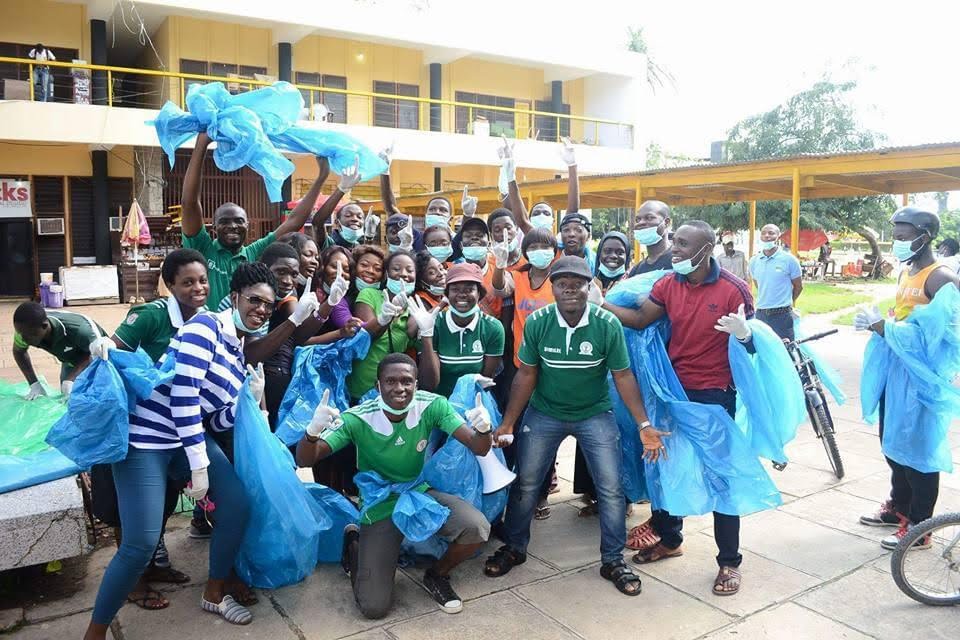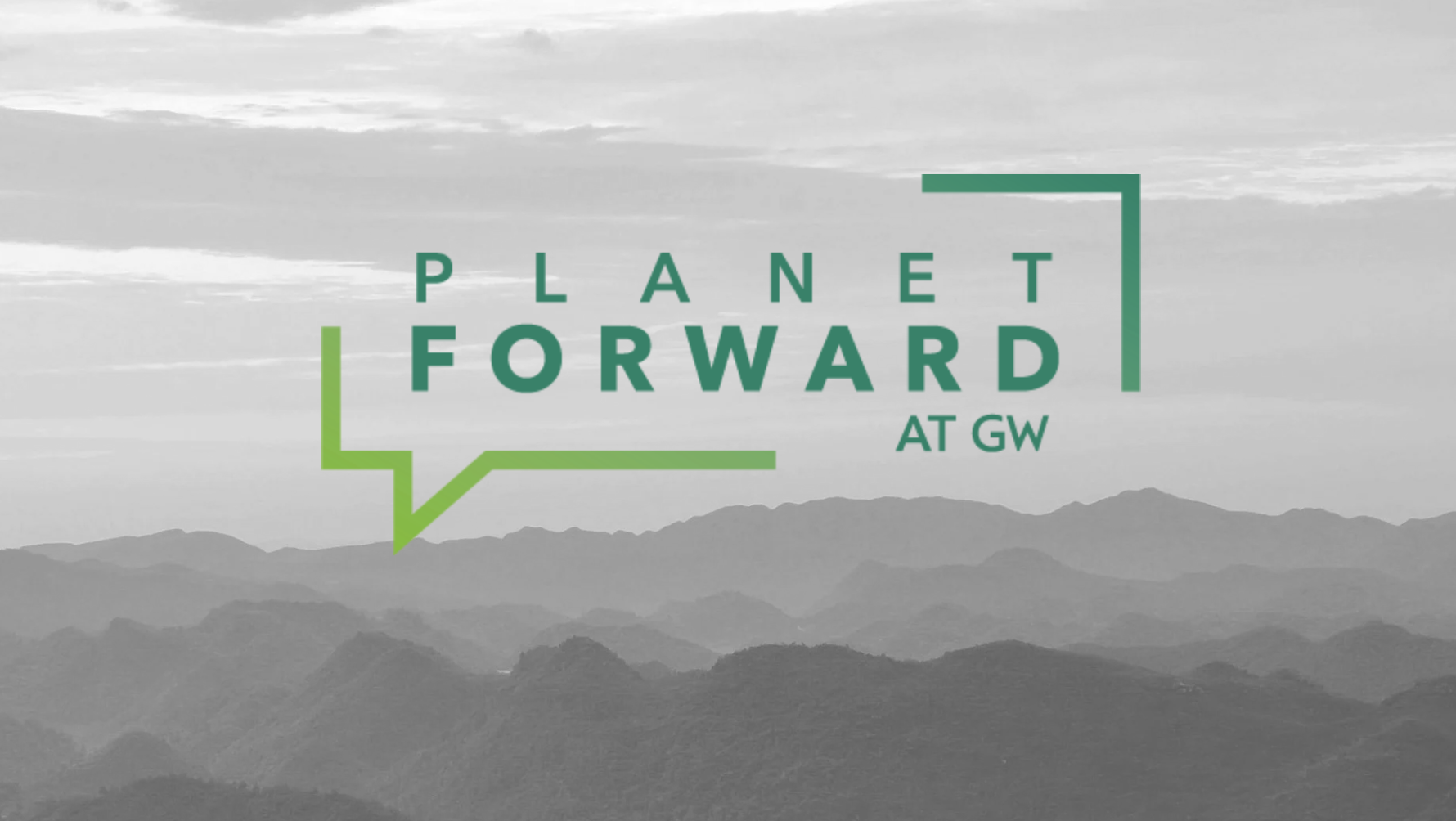 impacted significantly by humans. According to the National Climate Assessment, Alaska has warmed more than twice as quickly as the rest of the United States. A recent study from the Alaska Marine Science Symposium suggests this might not be the only way humans are harming the 49th state.
impacted significantly by humans. According to the National Climate Assessment, Alaska has warmed more than twice as quickly as the rest of the United States. A recent study from the Alaska Marine Science Symposium suggests this might not be the only way humans are harming the 49th state.
Arctic birds such as the tufted puffin have been found to have plastics in their stomachs. A study done in the Aleutian Islands in Southwest Alaska found that around 20 percent had some sort of inorganic material in their stomachs. Because the Aleutian Islands are protected like the islands of Southeast Alaska, Tlingit tribe members in Southeast Alaska are conducting their own screenings for plastics. One would never guess the presence of plastics by watching the puffins fly around, and one might not even find large bits of plastic in the puffin’s habitat. The trouble for puffins isn’t the plastic you can see, but the kind that is too small for the human eye.
Microplastics are a huge concern for marine life around the world. These plastics are by definition smaller than the eye can see, and they can take several different forms. Some microplastics come from bigger pieces of plastic that break apart and disintegrate into much smaller pieces. Microbeads are intentionally added to products like soaps, scrubs, and nail polish and are used as glitter or an exfoliant. Microfibers come from clothes that we wash in a washing machine. Washing one fleece jacket can release 100,000 microfibers into the ocean.
Microplastics make their way up the food chain easily. Smaller marine animals mistake plastic for plankton and try to hunt it down. When these smaller fish are consumed by birds and bigger fish that humans like to eat, the plastic makes its way up the food chain.
The pollution in Alaska isn’t quite as bad as the pollution from plastics in other parts of the world, but because so much of Alaska is covered by National Parks and Marine Protected Areas, it is surprising that these areas are not free of microplastics.
Because plastic pollution is a prevalent issue for marine ecosystems, it is especially important for entities that interact directly with marine ecosystems to be careful with what they are putting in the water.
Cruise ships and fishing vessels especially need to take caution, as they typically dump waste directly into the water. In recent years, large cruise companies have begun to pledge to reduce their use of plastic onboard.
Lindblad Expeditions, an expedition travel company that works in partnership with National Geographic on ship-based voyages aimed at people who care about the planet, has taken this pledge a step further. On June 8, in honor of World Oceans Day, they announced they have removed all single-use plastics from their fleet. Plastic straws have been replaced with paper ones, and drink stirrers are now made of wood. Instead of plastic cups guests are given reusable metal bottles and filtered water, and they have even removed all 100% plastic pens from their ships. Their effort supports partner National Geographic’s Planet or Plastic? campaign.
Small steps like this in the right direction can make a significant impact over time. Companies like Lindblad Expeditions that are dedicated to making sustainable choices should help set the precedent for others. If other companies follow suit and continue to pave the way towards a more sustainable future, the puffins just might live to see another day.
">The next piece in our Stories of Alaska series looks at the human impact, from warming climates to microplastics, in one of the least-inhabited places in the United States — and what we're doing about it.


